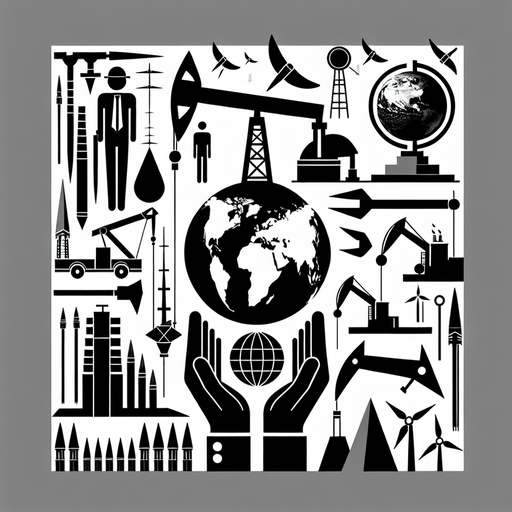Sand’s Importance
The Rich History of Sand
You've probably held handfuls of it, built castles with it, and relished the feel of it between your toes. But have you ever paused to consider what sand truly is? Sand, which can range in color from black to white, is a grand testament of time. Each grain, a tiny fragment, results from millions of years of our planet's relentless cycle of weathering and erosion.
Sand is also a key player in Earth's ecosystem. Sand dunes provide habitat to many species and protection against high waves in coastal areas. Or picture sandy beaches, the buffer zones between land and sea, protecting coastal areas from the relentless force of waves, nurturing sea life, and even offering a home to sea turtles laying their eggs.
But sand is more than an ecological workhorse. It's also a key piece to our modern lives. Glass, electronics, and concrete—all owe their existence to this versatile resource. But not all sand is made equal, and the suitable sand for these activities is not as plentiful as you might think, and we might run out of it in the future.
So, the next time you stroll on a sandy beach, think about the extraordinary journey each grain of sand has taken, from mighty rock to delicate fragment, over countless millennia—Marvel at the unassuming granules that shape our world—from providing habitats to building cities.
Craving more? Check out the source behind this Brain Snack!


